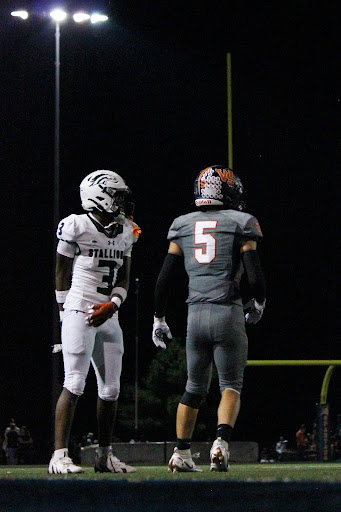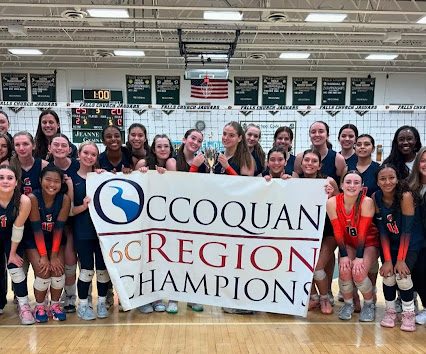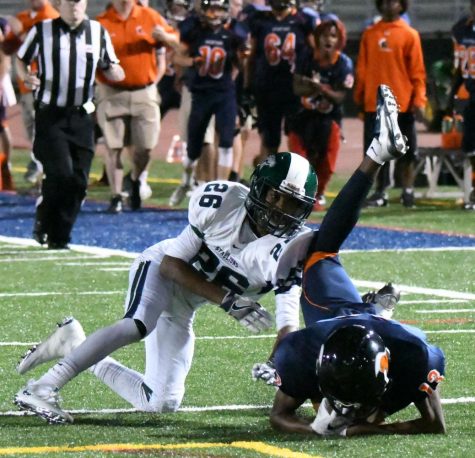Changes in store for grading system
Principal Michael Mukai wants us to approach grades differently.
Over the course of the next 10 years, Mukai hopes to shift WS away from its current grading system into one that focuses more on evaluating students based on whether or not they meet the key objectives of their courses.
The shift will be implemented one step at a time, and the final outcome is still not set in stone. But ideally, Mukai would like to see letter grades eliminated entirely, replaced with a list of objectives a student has or hasn’t met.
Colleges, instead of assessing students’ academic achievements with roughly 28 letters from the seven courses high school students take per year, would receive a much thicker transcript detailing what students learned from every class they took (and what they didn’t learn).
“The real idea is this: Do you think that we can really describe every student with a five-letter vocabulary?” said Mukai. “Does that really give you enough information about where you are in my class? …Couldn’t we do more? Isn’t there a better way?”
The first step in this plan, which will be implemented next year, is to have teachers list every objective each course teaches and to provide that information to students at the beginning of the year.
“It’s like a sense of transparency, is how I see this first stage. I think it’s very valuable from a teaching and learning standpoint,” said Government teacher Erin Wigginton, who leads professional development sessions for the staff and has been a part of explaining and discussing this plan with other teachers.
Wigginton, like many teachers, reacted with caution when Mukai first outlined his plan. While there are examples of other schools across the country experimenting with different grading systems, there is no precedent within FCPS’s 28 high schools. The scope of the change is the reason Mukai is breaking the shift down into smaller steps over the course of the next 10 years.
“At this point, and where we’re going in the near future, I’m very comfortable with,” said Wigginton. “I think when teachers understand the steps to implementing the plan, they become less apprehensive.”
But getting teachers to understand and approve of those steps is still a work in progress. Mukai has been meeting with faculty in small groups to discuss these and other changes but that doesn’t mean it’s clear to everyone what change is in store. Math teacher Wolcott Baird was in one of those meetings, which many teachers left feeling a mix of confusion and concern.
“I haven’t even really heard about the plan. [Mukai] was just outlining some of his ideas,” said Baird. “I think it’s his vision but I mean there’s no plan. I haven’t seen a plan, I haven’t heard a plan, I don’t know.”
While the steps being taken in the next few years are relatively straightforward, the changes beyond year two or three, when Mukai plans to have grades determined by objectives, have yet to be defined. Whether or not grades will ever be entirely eliminated at WS is still being determined.
As a precedent for his plan, Mukai points out that FCPS elementary schools have recently begun to shift toward using an objectives-based model without letter grades to evaluate students. But Baird, the father of three elementary school students, actually sees that model as very confusing.
“The kids get a four, three, two and a one, depending on how well they achieved certain things. But it’s very vague,” said Baird. “At least right now, with the current grading scale, if a kid gets a B+ in my class, I know exactly what type of kid I’m dealing with, whereas if I had a ‘three’ kid, that could be maybe a kid with an 88 or a kid with a 72.”
Another problem with the current system, according to Mukai, is that each letter can mean something completely different depending on which school one goes to, or even which teacher a student has within a school. Using objectives to determine a student’s performance would in theory be less arbitrary than earning a letter grade through points in various tests and assignments.
Students also have reservations about the plan. Mukai talked to the Leadership class about his plan recently and the reviews were mixed.
“I didn’t really have an opinion because I’m leaving next year. But I’m used to grades, so it would be weird,” said senior and Leadership student Daniel Wimmer.
Students who will be around to see some changes aren’t all eager for what’s in store, either. They don’t necessarily see the system WS uses as perfect but many think it gets the job done and fear that changing things up halfway through high school could do more harm than good.
“It’d be annoying, first of all, to have your entire grading system change. And no one would try,” said junior Collin Farquhar.
Since the plan is designed to be more flexible than the rigid A-F system currently in place, one of the key components in the long-term is to allow students to get credit for mastering material well after it has been taught. Mukai doesn’t think it is fair that a student who struggles with material in the first quarter might get a poor grade for the year if they ultimately master the first quarter objectives later on. But Farquhar, like many other students, sees this goal as well-intentioned but prone to being exploited.
“[Students] would just retake everything,” said Farquhar. “I think it’d be easier if you just stuck with what we have now.”
But Mukai sees the system we have now as, at best, antiquated. Letter grades may tell colleges and parents how well a student is doing but they don’t necessarily help the students themselves, who generally don’t need an A on a report card to tell them they understand the material.
“Grading is a token exchange economy. ‘You do this, I give you points.’ [High school students] are smarter than that,” said Mukai.
Mukai thinks that our current grading system has consequences beyond just a failure to emphasize learning. The A-F scale, especially when it is not firmly tethered to the objectives of a course, can leave students with high GPAs but little preparedness for college or the workforce. More than 90 percent of FCPS students are college-bound but far fewer actually graduate in six years. Part of the problem, Mukai thinks, is that they’re showing up without the skills they need.
“What you really need from us, from a school, is to be able to tell you what you’ve learned and to be able to be gearing it towards what you want to be able to do,” said Mukai. “The As, Bs, Cs, Ds and Fs are really for someone else, they’re not for you… Realistically, wouldn’t it be better if we could tell you what you’ve learned, and what you know?”
But the new system will leave teachers to determine whether or not each of their hundred or more students is meeting a lengthy list of course objectives, and not just once but a potentially infinite number of times as students have the opportunity to demonstrate their understanding of a first quarter objective as late as May or June. Even if the final objective is simple in theory, getting there will be a challenge.
“Typically what happens is there’s way more work on our end, and I don’t know how much better off it is for the kids. Just from what I’ve seen over the past 14 years. It always seems to me like the more I put into the system, the less work kids are doing,” said Baird. “And I don’t know if we’re producing any better student.”










